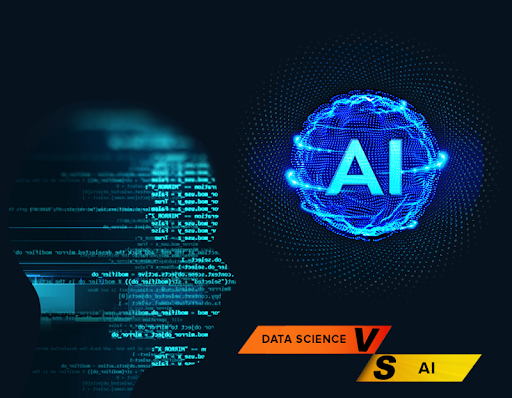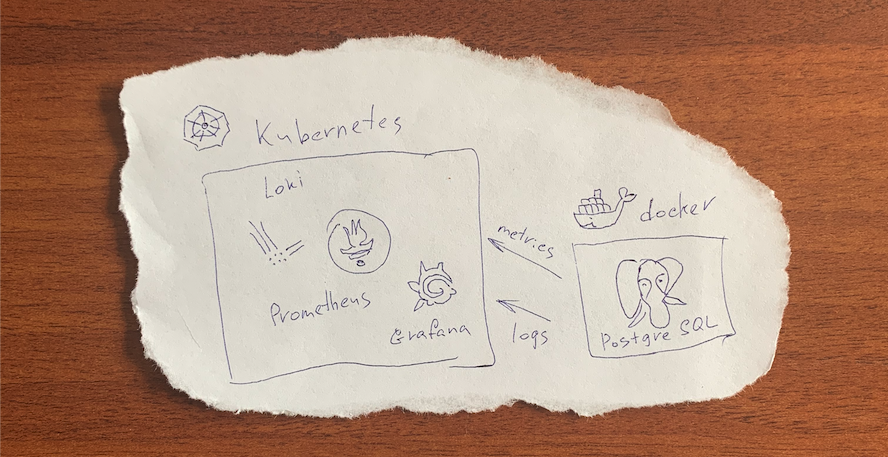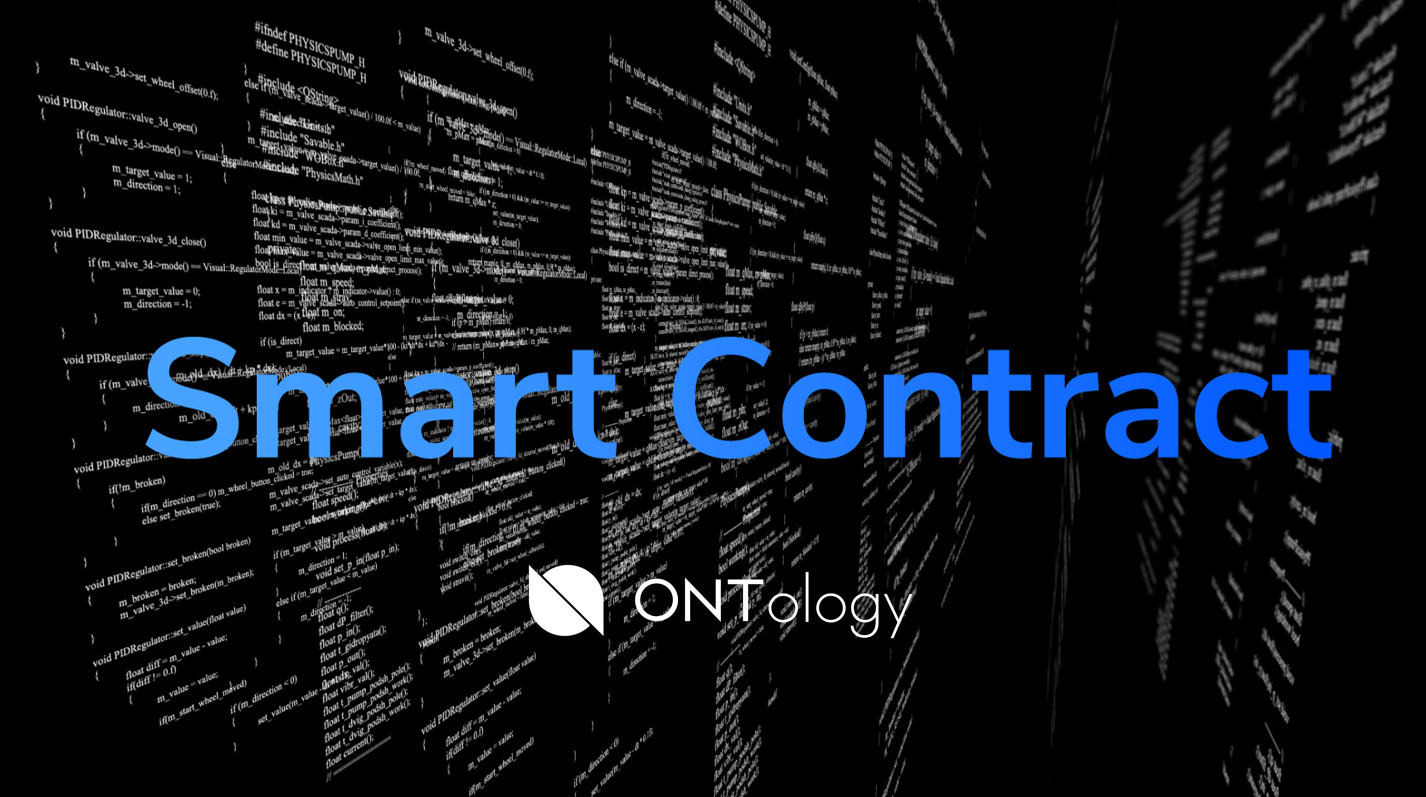This post is handling the following situation - how to setup up simple Mysql services with group replication being dockerized. In our case, we’ll take the latest Mysql (version 8.x.x)
FYI: all mentioned code (worked and tested manually) located here.
I will skip not interested steps like ‘what is Mysql, Docker and why we choose them, etc’. We want to set up possibly trouble proof DB. That’s our plan.
















